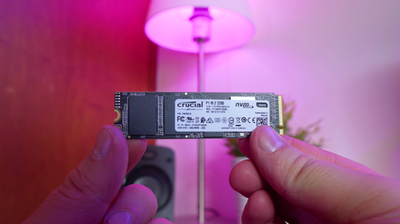
My thoughts, after 4 years use, on the Crucial P1 1TB NVMe PCIe SSD - CT1000P1SSD8 (2024)
My thoughts on the Crucial P1 1TB NVMe SSD after 4 years: performance, installation, value, and long-term use.
Introduction
I've been using the Crucial P1 1TB NVMe SSD for 4 years now. It's still a popular choice for those looking to improve their computer's performance without spending too much. Below I'll elaborate on how it performs in my everyday tasks and its longevity after four years of use.
Some photos (click to enlarge)
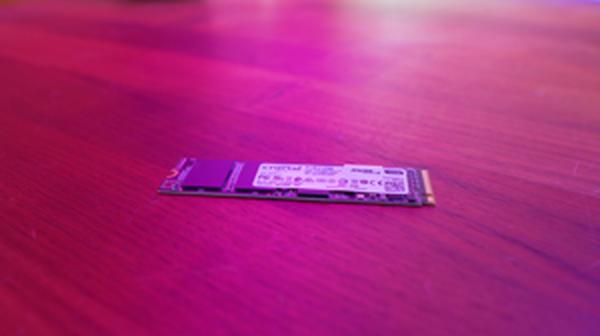
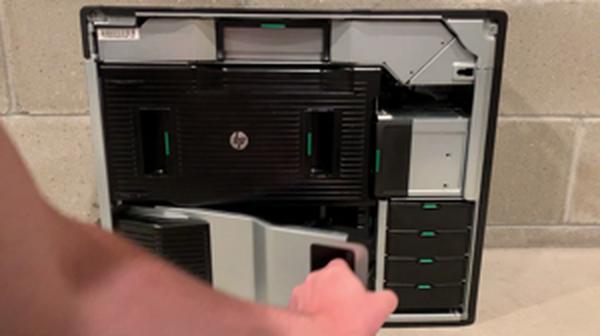
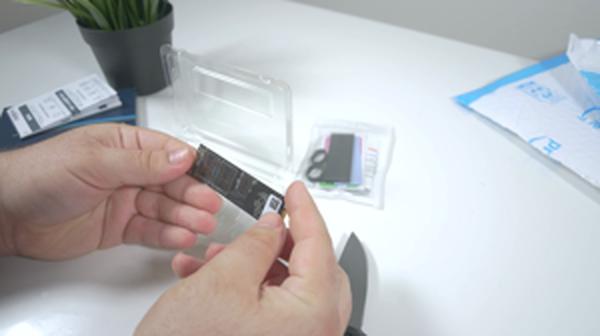
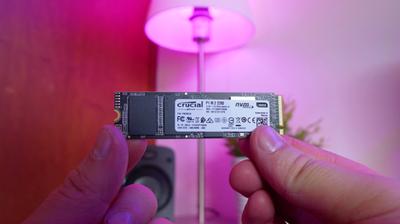
Specs of the Crucial P1 1TB NVMe SSD
- Release Year
- Brand
- Connectivity Technology
- Digital Storage Capacity
- Hard Disk Description
- Hard Disk Interface
- Hard Disk Size
- Installation Type
- Special Feature
Prices
Performance Deep Dive: Speed Tests and Real-World Usage
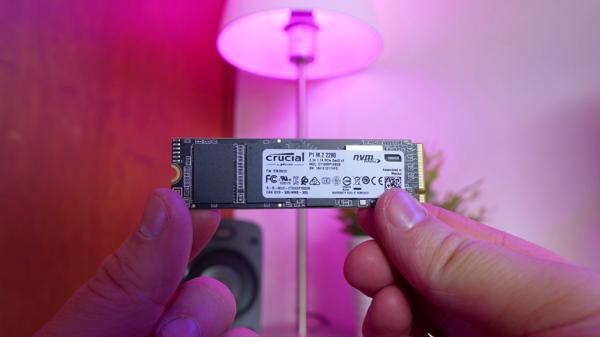
When it comes to assessing the Crucial P1 1TB NVMe SSD, the numbers really do paint a vivid picture, so let's get into the specifics:
Sequential Read/Write: Up to 2,000/1,700 MB/s
NVMe PCIe Interface: Offering a significant step-up from SATA SSDs
Micron 3D NAND Technology: Reputable for long-term memory solutions
Assuredly, these figures suggest that the Crucial P1 is no slouch. During my hands-on time with this device, I put it through a series of speed tests using popular benchmarking tools like CrystalDiskMark. The SSD consistently hit near its advertised speeds, and when transferring large files, it maintained solid rates significantly faster than any SATA drives I’ve used before. At first glance, the performance leap is impressive, especially when you consider the price point.
Yet, in real-world usage, this SSD has shown that it's not as simple as raw speed. When dealing with larger data transfers, I noticed the write speeds would dip after the SLC cache filled up, which is a known trait of QLC drives. Nonetheless, for my daily tasks—which include gaming, graphic design, and general productivity—the drive has never faltered, offering quick load times and responsive application launches.
There's something to be said about the benefits of NVMe technology here; my day-to-day computing tasks have become noticeably snappier, with boot times reduced and software installations flying by. Simple quality of life improvements, like the almost instantaneous wake from sleep, underscore the real tangible benefits of upgrading to an NVMe SSD.
However, it doesn't escape me that for users who regularly move huge files or frequently write large amounts of data, this may not be the ideal workhorse. The performance tapering could be a bottleneck for heavy content creators or professionals in video editing sectors. And the heat generation during intensive tasks is something to keep an eye on, although within reasonable bounds for NVMe drives.
Even so, here's what stands out:
The NVMe PCIe interface significantly trumps SATA SSDs when it comes to data throughput.
Real-world transfers and boot times are where the Crucial P1 shows its strengths, making everyday computing feel more responsive.
SLC caching is great for burst performance but heavy users should be mindful of potential slowdowns during extended write sessions.
For the majority of users, especially those looking for a balance of price, capacity, and performance, the Crucial P1 covers all the essential bases with merit.
In summary, while the Crucial P1 isn't setting any world records, its combination of respectable speeds, solid reliability backed by Micron's legacy, and an affordable price tag does position it as a worthy purchase - certainly for my needs. It's important to enter the fray with eyes open to the limitations of QLC NAND when making your choice, but for the general consumer, these details are likely to be minor footnotes in an otherwise satisfactory user experience.
Compatibility and Installation Challenges

When it comes to the Crucial P1 1TB NVMe SSD, I've encountered my fair share of compatibility and installation hurdles. I want to dive right into these challenges because they can have a big impact on your upgrade experience. Here are some of the key issues I faced:
MacBook Compatibility: This required some extra legwork. I had to purchase a Sintech NGFF M.2 nVME adaptor because my late 2013 MacBook Pro didn't have a native slot for this SSD. It was a bit of a hassle, and the screw fitting was tight, risking damage to the slot.
Installation Glitches: The initial installation was not as straightforward as I'd hoped. Encountered errors when trying to install Mojave, both from a USB installer and over WiFi, which was quite frustrating.
Drive Recognition: After the failed installation attempts, the SSD suddenly became undetectable by Disk Utility, which was alarming, but luckily a bootable backup saved the day.
Software Updates: I highly recommend ensuring your SSD firmware is up to date using the Crucial Storage Executive software. It made a noticeable difference in performance post-installation.
Here are some of the notable positives that stood out to me during the process:
Speed Increase: Once everything was set up, the difference in speed was night-and-day compared to my old HDD. Apps like Photoshop loaded significantly faster.
Available Tools: Crucial Storage Executive software is a must-have for firmware updates and managing overprovisioning, which helped me to get the most out of my SSD.
And a few negatives that you should be aware of:
Slow Restores: Transferring large amounts of data to the SSD initially can be slow, particularly if you exceed the SLC cache size, which then reverts to lower SATA speeds.
No Included Screws: Minor detail, but no screws came with the SSD for installation. Make sure you have the right ones at hand, or you might need an adapter that includes them.
From a personal standpoint, while there are challenges, the pros of significant speed enhancement, increased storage, and overall efficiency gains outweighed the cons. The installation might be intimidating for some, especially if you aren't tech-savvy, but with patience and the right tools, the SSD can breathe new life into an older system.
In the end, it's about what you need from your storage: if it's speed and capacity at a reasonable price, despite some possible fiddling, the Crucial P1 is a strong contender. Just make sure to do your research on compatibility and be prepared with backup solutions during installation. That extra preparation could save you from potential headaches during the upgrade process.
Price to Performance Ratio: Is It Worth It

When evaluating the Crucial P1 1TB NVMe SSD, my biggest question was about the price to performance ratio. In essence, is the investment worth the payoff for an average user like myself? Here's how I broke it down:
Price: Often found on sale which makes it an appealing option over its competitors.
Capacity: A spacious 1TB that balances cost and storage needs effectively.
Speed: While not the fastest NVMe SSD around, it offers a significant boost over SATA SSDs.
Technology: Utilizes NVMe over PCIe, marking a noticeable advancement over traditional SATA interfaces.
Despite the P1 being on the lower end of the NVMe market, the drive still outperforms any SATA SSD I've had before. In real numbers, I witnessed read/write speeds that were at least double of my previous SSD. While the jump to this SSD didn't blow my mind in everyday tasks like web browsing or document editing, the leap forward was evident in more intensive applications such as gaming or large file handling.
The QLC NAND technology did present some limitations, especially during large file transfers where the write speed dropped significantly after the SLC cache was exhausted. However, considering my typical use cases which mostly involve gaming, streaming, and general productivity, these drawbacks didn't heavily impact my daily experience.
For individuals like myself focusing on daily tasks, moderate gaming, or entry-level content creation, the Crucial P1 offers a solid compromise between cost and performance. Here's a closer look at pros and cons:
Pros:
Accessible price point, often discounted
Markedly faster than SATA SSDs
Adequate capacity for most users
Cons:
Slower than some NVMe SSDs, especially with large file transfers
Potential for overheating under sustained heavy loads
Another aspect to consider is upgradability; if your system is a few years old and running off an HDD or an older-generation SSD, this upgrade can breathe new life into your machine. Installing it as the boot drive reduced my system's boot time dramatically, made applications more responsive, and overall, the upgrade resulted in a significantly snappier user experience.
Finally, the Crucial brand and accompanied software maintenance tools add peace of mind. The Crucial Storage Executive software was user-friendly and facilitated firmware updates and performance tweaks that helped me maximize the drive's capabilities.
In conclusion, while the Crucial P1 doesn't shatter any speed records, it delivers a noticeable improvement to keep an aging system agile, making it an excellent value proposition for those who want NVMe speeds without breaking the bank.
Longevity and Reliability: A Four-Year Journey

Throughout the past four years as the owner of a Crucial P1 1TB NVMe SSD, I have put this drive through its paces. Here's a summary of my experience:
Longevity: After 4 years of constant use, the drive remains functional, proving its durability.
Reliability: With heavy programming and gaming use, it has been resilient against wear and tear, speaking volumes about its reliable performance.
Consistency: Speeds have stayed relatively consistent, without any noticeable drop in performance over time.
Heat Management: The drive does get warm under heavy load, but not excessively so, no throttling observed.
Let's start with the SSD's longevity. Despite the firm challenge of time and frequent use, my Crucial P1 has demonstrated admirable endurance. Make no mistake; this isn't your top-of-the-line, extreme-performance drive that will blaze through petabytes of data writing. Instead, it offers a more humdrum yet reliable service – think of it as the dependable workhorse rather than the racehorse in your tech stable.
On the reliability front, it's worth noting that the Crucial P1 isn't just about lasting long; it's also about maintaining consistent performance without hiccups. As a daily driver through everything from software development environments to the latest heavyweight games, this SSD has not disappointed. Issues like corrupted data or sudden drive failures, which can be a hit to productivity and peace of mind, have been thankfully absent from my experience.
However, the drive is not without its drawbacks. The literature mentions QLC technology, which delivers generous storage capacity, does come at the expense of slower sustained write speeds. This became particularly noticeable when moving large files or performing backups, situations when the P1's performance noticeably dipped after its cache was exhausted.
Also, those wary of thermals should note that, like many SSDs, the P1 does get warm. While I haven't personally experienced thermal throttling, it's a common characteristic of NVMe drives under load, and something to consider if your system has limited airflow.
In conclusion, although the Crucial P1 may not boast the fastest speeds, especially with successive large file writes, it triumphs as a cost-effective and reliable storage solution that continues to serve well with each passing year. For users requiring stability and an accommodating storage size without breaking the bank, the Crucial P1 has proven to be an ally, thriving persistently over time. While it may slowly start to lag behind the ever-evolving technology curve, for now, it remains a steadfast component in my setup.
Comments (0)
Share